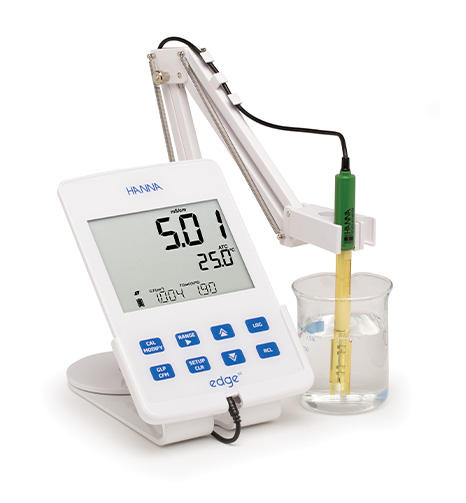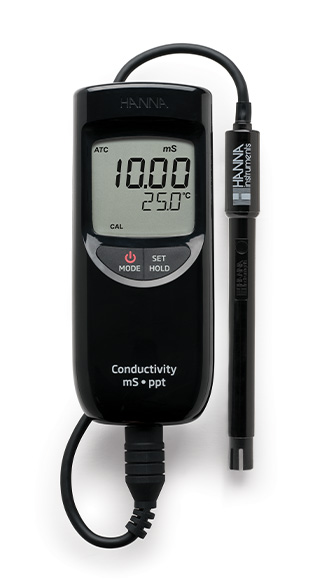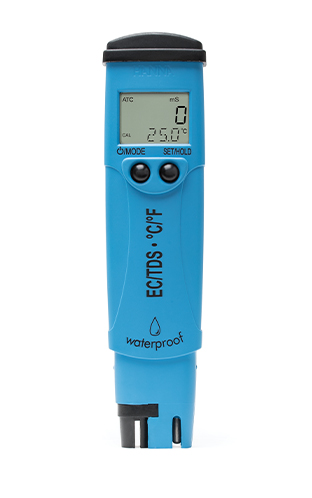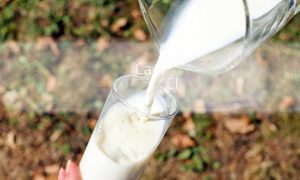The quality of
milk is an essential constituent of
health and economic prospective.
milk is an essential constituent of
health and economic prospective.


MASTITIS
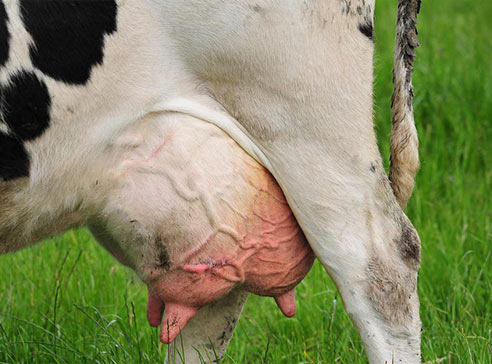

Mastitis is one of the most economically important and costly disease of dairy animals. Losses due to mastitis decrease in milk production, medication, labor costs, non delivered milk, veterinary fees, reduced milk quality, reduced in milk price, and increased the risk of death of the animal. It is an inflammation of mammary glands. It causes the physical, chemical, bacteriological alteration in milk and pathogenic alterations in glandular tissues of the udder.
Mastitis has a marked effect on milk production and composition. Milk concentrations of lactose and K+ are decreased, and concentrations of Na+ and Cl- are increasing. The ion concentrations in mastitic milk change because of increased blood capillary permeability, the destruction of tight junctions, and the destruction of the active ion-pumping systems. After the cellular damage, Na+ and Cl-, which have high concentrations in extracellular fluid, pour into the lumen of the alveolus. In order to maintain osmotic pressure, K+ and lactose concentrations decrease in the milk. The altered concentration of Na+, K+, and Cl- in mastitic milk cause the EC of mastitic milk to be increased with no change in osmotic pressure.
Electrical conductivity, abbreviated as EC, is a measurement made in which electrical charges on atoms or larger sized particles in a medium are moved under the influence of a potential difference. EC is a measure of concentration, however it is non-specific for ion type. An ion is a charged particle present in the solution that contributes to the current flow.
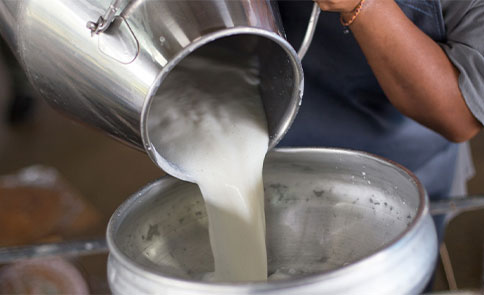

In milk, EC is determined by the concentration of anions and cations. The most important ions in milk are Na+, K+, and Cl-. During mastitis alterations in concentration of Na+, Cl¯ and K+ in milk occur which cause an increase in EC. The standard range for EC of normal milk is between 4.0-5.5mS/cm. Electrical conductivity values between 6.5 and 13 mS /cm are an indicator of the occurrence of mastitis.
To measure the EC of milk there are several solutions in HANNA Instruments.
HI2003
Dedicated EC Meter and TDS/Salinity Meter edge®
Edge EC’s groundbreaking design is the culmination of Hanna’s vision, design capabilities, integrated production and world class R&D. edge EC is a single meter that can measure EC, TDS, and salinity.
Additional feature information
- Digital four-ring conductivity probe Covers all ranges from 0.00 μS/ cm to 500 mS/cm (absolute EC) Accuracy ± 1% of the reading (±0.05 μS/cm or 1 digit, whichever is greater)
- Calibration Offset (0 µS/cm) and cell factor calibration
- Data logging Manual log-on-demand Manual log-on-stability Interval logging
- GLP data Records date, time, offset and cell factor
- EC, TDS and salinity reading modes
- Temperature compensation Automatic NoTC (absolute)
HI99301
Portable Conductivity Meter
Designed to bring simplicity to testing in manufacturing and environmental industries, the HI99301 High Range EC/TDS Meter is designed for measurements in brackish and high ionic strength water applications. The specialized HI763063 probe features EC/TDS and temperature in one convenient, rugged probe for high range EC measurements from 0.00 to 20.00 mS/cm and TDS measurements from 0.00 to 10.00 ppt.
- ±2% EC/TDS Accuracy
- Comes with all the necessary solutions and batteries- everything you need to get started measuring right away.
- Perfect for water quality testing in manufacturing and environmental industries.
HI98312
EC Tester TDS/Temperature Tester
The DiST®’s ease of use, in combination with it’s affordability, made it the standard in EC and TDS measurement. These testers include features such as: a replaceable graphite electrode, adjustable TDS ratio, °C or °F measurement, Automatic Temperature Compensation (ATC) with adjustable β, battery level indicator, stability indicator, automatic shut-off and automatic calibration.
Features at-a-glance
- Waterproof and designed to float
- Automatic Temperature Compensation
- HOLD button to freeze readings on the display
- BEPS Alerts the user of low battery power that could adversely affect readings
- EC Range: 0.00 to 20.00 mS/cm
Author:
Tajana Mokrović
mag.nutr.
Tajana Mokrović
mag.nutr.


With Great Product Come Great Results
Service
Training
Rapair
Maintenance
Sources:
Nielen, M., Deluyker, H., Schukken, Y. H and Brand, A. (1991). Electrical Conductivity of Milk: Measurement, Modifiers, and Meta Analysis of Mastitis Detection Performance. J. Dairy Sci, 75, 606-614. Fahmid, S., Hassan, E., Naeem, H., Barrech, S., Lodhi, S., Latif, S., (2016). Determination of mastitis by measuring milk electrical conductivity. Int. J. Adv. Res. Biol. Sci, 3(10): 1-4.
Nielen, M., Deluyker, H., Schukken, Y. H and Brand, A. (1991). Electrical Conductivity of Milk: Measurement, Modifiers, and Meta Analysis of Mastitis Detection Performance. J. Dairy Sci, 75, 606-614. Fahmid, S., Hassan, E., Naeem, H., Barrech, S., Lodhi, S., Latif, S., (2016). Determination of mastitis by measuring milk electrical conductivity. Int. J. Adv. Res. Biol. Sci, 3(10): 1-4.

